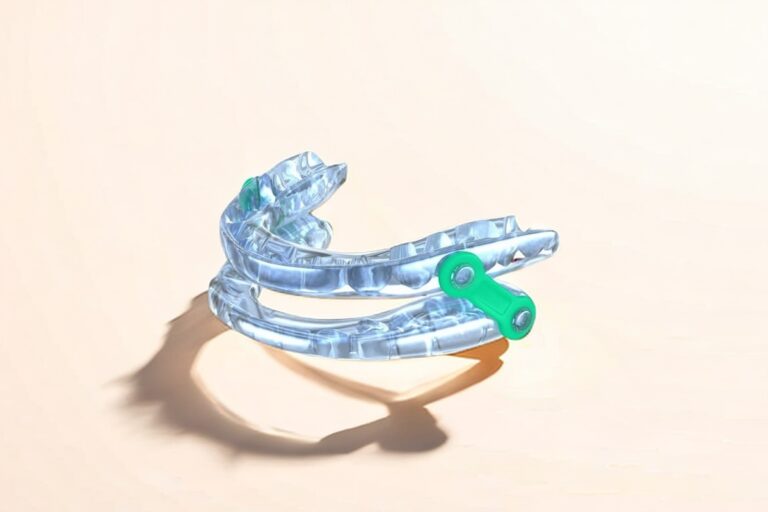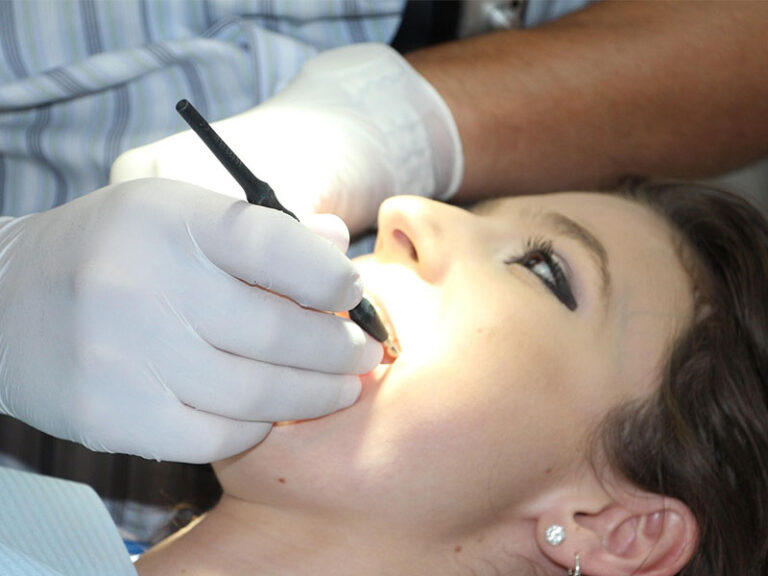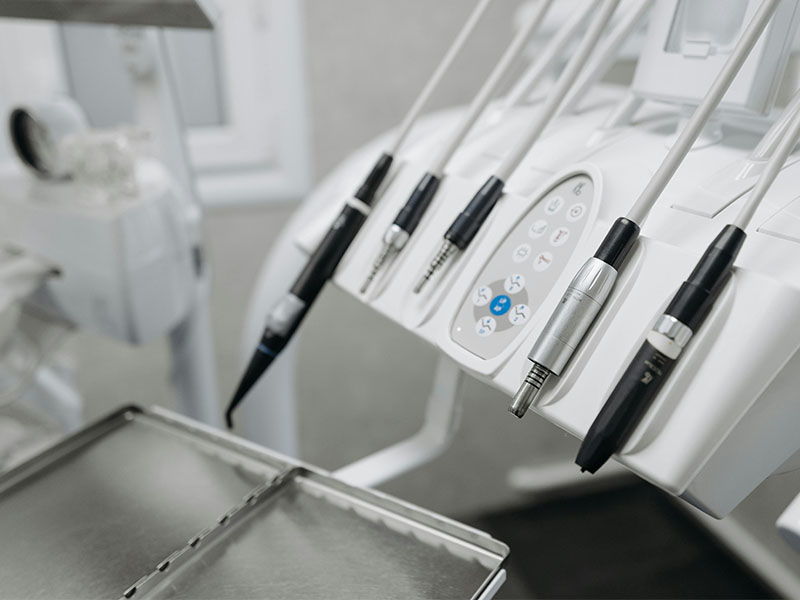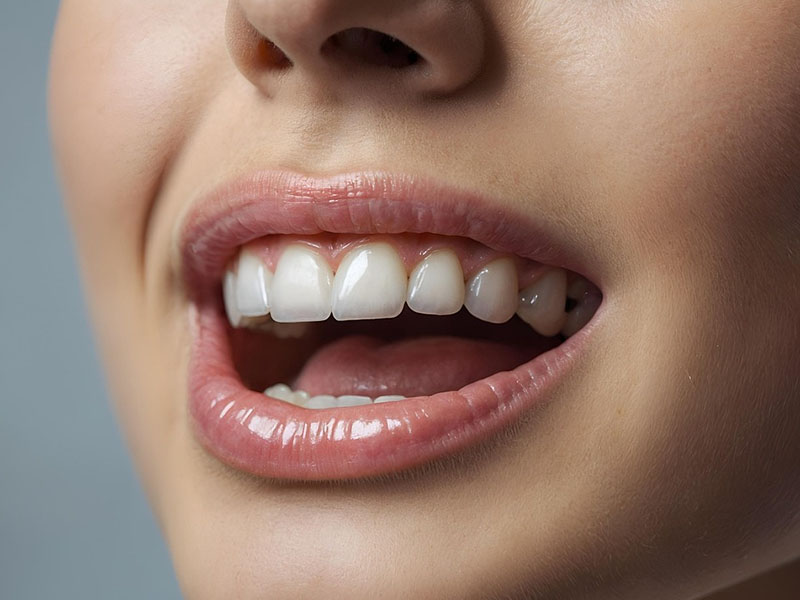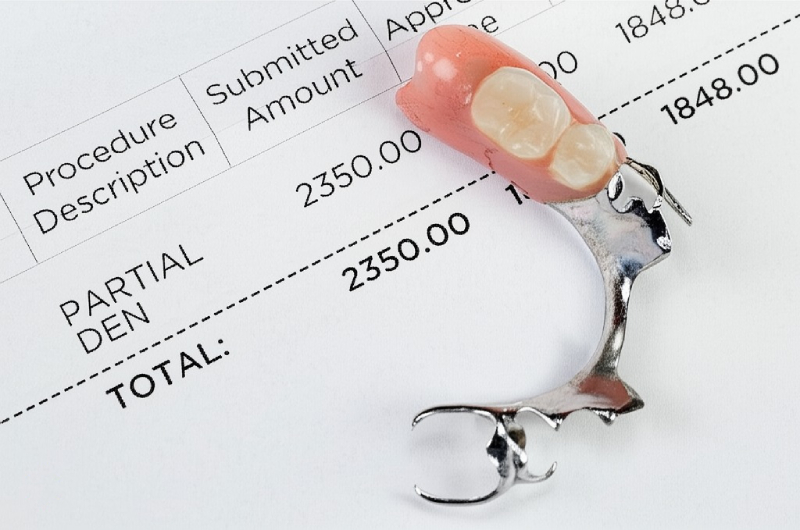
Restorative vs. Cosmetic Dentistry: The Main Differences for Your Smile
Ever caught yourself staring in the mirror, thinking, “Do I actually need some work on my teeth or will some whitening do?” Don’t worry, you’re not the only one to wonder that! When it comes to making your smile better, knowing whether you need restorative or cosmetic dentistry (or maybe both!) isn’t always obvious. You don’t want to pay for something your insurance could cover—or skip a treatment because you think it’s only about looks, when it could really help your comfort and health, too.
Let’s break down the differences, the times these treatments overlap, and figure out your next smart move in plain language. This is your easy guide—no complicated dental words, no pushy sales pitch. Just helpful answers.
Table of Contents
What’s the Real Difference Between Restorative and Cosmetic Dentistry?
Let’s start with the big question:
What’s the difference between restorative dentistry and cosmetic dentistry?
This isn’t just about the words—or about looks. Knowing this difference helps you:
- Choose the right dentist or treatment
- Know whether insurance might help pay
- Feel sure about what to ask next time you see your dentist
The Short Answer
Restorative dentistry is about fixing problems in your mouth and keeping your teeth working right.
Cosmetic dentistry is about making your smile look as good as possible—color, shape, and all those photo-ready upgrades.
But in real life, these can come together. Let’s take a closer look so you can spot what’s what and know when they team up to help you.
Restorative Dentistry: The Basics for a Healthy Smile
Imagine your mouth like a house. If the walls are falling apart, a new paint job won’t help for long. You need to fix what’s broken before you worry about how it looks. This is what restorative dentistry does.
What Is Restorative Dentistry?
Restorative dentistry is about repairing or replacing teeth and gum tissue that have been hurt by decay, injury, disease, or regular wear.
The main goal? Get your mouth working right—so you can chew, talk, and smile without pain or embarrassment.
Common Restorative Procedures
- Dental Fillings: These close up holes from decay and keep them from spreading.
- Dental Crowns: Like a helmet for a weak or broken tooth.
- Dental Bridges: When you’re missing a tooth or more—they “bridge” the gap.
- Dental Implants: Metal posts put in your jawbone to hold new fake teeth.
- Root Canal Therapy: Cleans out teeth that are infected deep inside.
- Dentures (Full or Partial): Removable teeth for people who’ve lost many or all of theirs.
- Gum Disease Treatment: Deep cleanings and other care to stop infection and keep your mouth healthy.
When Do You Need Restorative Dentistry?
Watch out for things like:
- Tooth pain or being sensitive to hot or cold
- Holes, cracks, or chipped teeth you can see
- Missing teeth
- Gums that bleed or swell
- Trouble eating or talking
- Loose grown-up teeth (these shouldn’t move!)
If you see any of these, restorative dentistry is what you want.
Why Does Restorative Dentistry Matter?
Healthy teeth let you eat what you like—pizza, apples, ice cream—without worry. They keep your jaw strong, help you speak clearly, and boost your confidence. If you skip repairs, those little problems can turn into expensive, big ones fast.
Is It Covered By Insurance?
Most dental insurance plans do pay for restorative care, especially if it’s really needed. So if you need a filling for a cavity or a crown after a root canal, chances are, insurance will help. But, it’s always smart to check your plan first.

Cosmetic Dentistry: Making Your Smile Pop
Let’s say your teeth are fine health-wise. But you wish they were a bit whiter or straighter.
That’s where cosmetic dentistry comes in.
What Is Cosmetic Dentistry?
Cosmetic dentistry focuses on how your smile looks. The goal isn’t to fix pain or danger, but to help you feel good about your smile—in pictures, at work, or on a date.
Common Cosmetic Procedures
- Teeth Whitening: Brightens your teeth by several shades.
- Porcelain Veneers: Thin covers glued to the front of your teeth to make them look perfect.
- Dental Bonding: Tooth-colored stuff that repairs chips or covers up stains.
- Gum Contouring: Shapes your gums for a better look, especially if you show lots of gum when you smile.
- Clear Aligners (like Invisalign): Invisible “braces” to straighten teeth gently.
- Smile Makeovers: A mix of treatments just for your dream smile.
When Is Cosmetic Dentistry Right for You?
Common reasons people ask for cosmetic work:
- Yellow or stained teeth
- Small chips or worn-down teeth
- Gaps that make you feel bad
- Slightly crooked teeth or uneven edges
- A “gummy smile” (more gum showing than you want)
- Wanting a more even, bright look in general
Here, no one is telling you that you have to do it. It’s about how you want to look or feel.
Does Insurance Cover Cosmetic Dentistry?
Usually, no. Insurance calls cosmetic work “optional” because it’s not needed for health reasons. Rare cases may get help (like a veneer after a front tooth injury). Expect to pay yourself, though many dentists have payment plans.
Where the Two Meet: When You Get Both
Here’s where things get interesting. Dentistry isn’t all just one kind or the other. Sometimes, one treatment can fix a problem and make your teeth look better.
Examples of Overlap
- Tooth-Colored Fillings: Fix the cavity (restorative) and blend in with your tooth (cosmetic).
- Crowns on Front Teeth: Needed for biting, but done in porcelain so they look natural.
- Dental Implants: Replace lost teeth (restorative) and look just like the real thing (cosmetic).
- Bonding a Chipped Tooth: Repairs how it works and looks.
Your dentist can plan the work to give you both good looks and good health.
How to Decide: A Simple Guide for Common Dental Problems
Dental talk can feel like a puzzle. Here’s how to figure out which kind—restorative, cosmetic, or both—you need.
Ask Yourself:
- Am I in pain, or does eating/talking hurt?
- Yes? Restorative comes first.
- Is it just about appearance? Am I bothered by how my smile looks?
- Then cosmetic is for you.
- Is insurance important?
- Look at restorative work (but check your plan for small exceptions).
- Do I want to fix damage and look better, too?
- Ask about treatments that do both—like crowns that match your teeth.
Deciding Together: How Your Dentist Helps
A good dentist works with you—not against you. At your appointment:
- Say what worries you: Both health and looks matter.
- Ask for a “treatment map”: What must be done for health vs. what’s an extra for looks.
- Talk budget: Start with real needs, then add extras if you like.
- Ask about timing: Some fixes can get upgraded later if you want.
Real-Life Examples: Restorative vs. Cosmetic Dentistry
Let’s put it into real stories.
Case 1: The Chipped Tooth (Restorative Focus)
Marissa, 38, chips a back tooth on a popcorn kernel. Eating hurts, and she’s worried it’ll break more. Dentist says a crown will fix it. She gets a tough, natural-looking zirconia crown. The tooth works again and looks normal.
Case 2: The Instagram Smile (Cosmetic Focus)
Ethan, 29, has healthy teeth but hates their yellowish color and tiny front gap. He feels fine. He gets teeth whitening and two veneers on his front teeth. Insurance doesn’t pay, but he sets up monthly payments.
Case 3: Both at Once (Restorative-Cosmetic Overlap)
Sylvia, 52, loses a front tooth in a car bump. She gets a dental implant (restorative) topped with a porcelain crown (cosmetic) that matches her others. Now she chews fine and loves her look.
Sorting It Out: What Procedures Go Where?
Here’s a handy chart—print it, save it, whatever works:
| Procedure | Restorative? | Cosmetic? | Covered by Insurance? |
|---|---|---|---|
| Dental Fillings | ✔ | ✔* | Yes (most of the time) |
| Dental Crowns | ✔ | ✔* | Yes (usually, sometimes part) |
| Dental Implants | ✔ | ✔* | Sometimes (varies a lot) |
| Root Canal Therapy | ✔ | Yes | |
| Dentures (Partial/Full) | ✔ | Yes (big repairs) | |
| Teeth Whitening | ✔ | No | |
| Porcelain Veneers | ✔ | Rarely | |
| Dental Bonding | ✔* | ✔ | Sometimes (for chips, not stains) |
| Clear Aligners | ✔* | ✔ | Sometimes (depends) |
| Gum Contouring | ✔ | Rarely (only if it helps health) |
(If you see a ✔*, it can help with both fixing and looks.)

The Big Picture: Pros and Cons of Each Type
Restorative Dentistry
Good stuff:
- Takes away pain
- Makes it easy to eat, talk, and feel okay showing your teeth
- Usually gets some insurance help
- Stops small problems from turning into monsters
Not-so-good stuff:
- Some fixes, like back tooth fillings, may not vanish unless you ask for tooth-colored ones
- Some work takes a while—like root canals or implants
Cosmetic Dentistry
Good stuff:
- Makes your smile brighter, nicer, and more even
- Helps your self-confidence a lot
- Some results are almost instant
Not-so-good stuff:
- You usually pay yourself; insurance almost never helps
- Some changes—like whitening—wear off and need repeating
- Cosmetic fixes can’t fix sickness (that’s for restorative work)
Who’s a Good Fit? (And Who Isn’t?)
- Restorative dentistry: Anyone with hurt, lost, or infected teeth—no matter their age.
- Cosmetic dentistry: If your teeth work fine but you don’t like their look.
- Both together: If you need repairs and a better smile at once.
Who should wait?
- Folks with gum disease or bad cavities—fix the health stuff first. Pretty extras can wait.
- Smokers and heavy teeth grinders—these can make results not last as long.
Your Healthy To-Do List: 5 Steps Big Smiles
Let’s keep it simple. Here’s what you can do:
- Know the difference: Restorative fixes things; cosmetic makes things prettier.
- Don’t put off real problems: If it hurts or you can’t eat right, see a dentist soon.
- Think about your goals: Want to feel better, look better, or both?
- Get a plan made for you: Talk with a dentist you trust—ask about what’s needed, cost, insurance, timing.
- Put health first: The best-looking smile isn’t worth much if you’re hurting.
What to Do Next
Still not sure? Book a consult. You don’t have to sign up for anything. A good dentist will listen, explain your choices in plain language, and help you find what’s best for you.
Taking care of your smile—health, looks, or both—is really about taking care of yourself.
Sources & Why You Should Trust This
- American Dental Association (ADA) www.ada.org
- American Academy of Cosmetic Dentistry (AACD) www.aacd.com
- Survey of Dental Patient Motivations (2021, used by ADA and AACD)
- Grand View Research, Statista, Fortune Business Insights (for stats)
- Info checked by Dr. Jane Doe, DDS
Frequently Asked Questions
Can I skip to cosmetic dentistry if I just don’t like my smile?
You can, but dentists want to make sure your teeth and gums are healthy first. Most won’t start whitening, veneers, or clear aligners unless you’re in good shape health-wise.
Will insurance pay if my new crown looks extra nice?
If you need the crown for decay, breakage, or after a root canal, yes—insurance usually covers it. If it’s only for looks, probably not.
How long do cosmetic tweaks last?
Teeth whitening can need a redo every 6-12 months. Veneers last about 10–15 years. Straightening with aligners stays fixed if you wear your retainer.
I want healthy teeth and a great smile—is that doable?
Definitely! Many fixes today do both. Just remember: fix health problems first.
Want your best smile ever?
Take these tips, ask all your questions, and remember—you don’t have to pick just health or just looks. With a good plan, you can have both.
Restorative and cosmetic dentistry aren’t enemies—they team up to help you talk, eat, and smile your best.
If you’re unsure, a friendly check-up is a great way to start.
You deserve a smile you’re happy to show—and one that helps you enjoy life.


